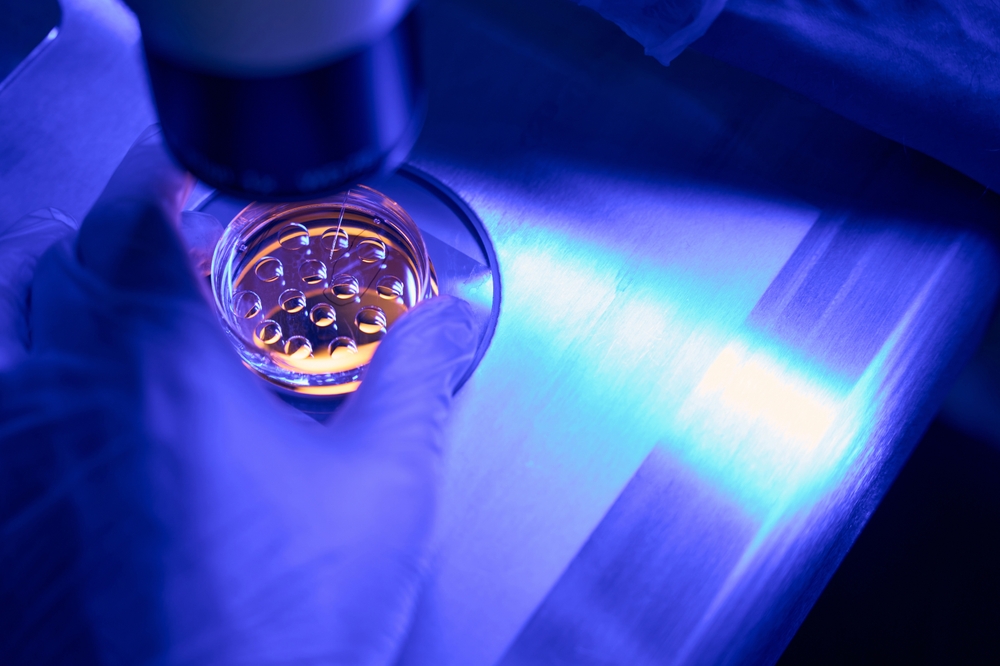Stem cells are the building blocks of life – our life, to be exact. A stem cell has so much more potential than other cells. Typically, cells can divide to replicate to become more of that exact same type of cells.
With stem cells, the possibilities are greater.
What are stem cells, if not the very foundation of our cellular makeup? They are the very reason why we don’t just grow into a larger blob, but into a very specific being with fingers, toes, and every bit in-between.
This is because stem cells hold the information necessary to become other types of cells. As we get older, the number of options gets smaller, yes.
It’s this concept that is very important to understand if you’re interested in stem cell therapies. It’s how you can make sure you’re getting the right stem cells for your treatment, and how you can better understand the current possibilities and limitations of this regenerative medicine.
The good news is that stem cell researchers are making much headway into this field, and the future is bright. To help you understand just how bright, however, you need to know the main types of stem cells, what separates them from one another, and what that means for your stem cell treatments.
What are the Four Types of Stem Cells?
There are four main types of stem cells, but you only really need to concern yourself with two of them. It’s important to ask what are stem cell injections, what’s in them, and where the cells were sourced from, after all.
We here at Bioxcellerator only use adult cells. These cells are chosen since they don’t have any ethical concerns attached to them, they’re more readily available, and they can still help you manage your condition.
Specifically, we use donated umbilical cords. These are rich in stem cells, don’t harm the person who donated the tissue, and, most importantly, are less likely to be rejected by your immune system.
Adult cells, however, are just one type of cells. What are the four types of stem cells? Let’s get into it:
1. Totipotent Stem Cells
Totipotent stem cells are the very basis of all life. They are our first versions. When the sperm inseminates the egg, the process begins. Totipotent stem cells can become absolutely any cell, including other types of stem cells. They are very, very small, however. So small that extracting totipotent stem cells is nigh impossible.
2. Pluripotent Stem Cells
After the first few cell divisions, an embryo’s stem cells change from totipotent to pluripotent. They are also known as embryonic stem cells. Embryonic stem cells can become any of the 200+ cells in the human body. They can also be extracted. In the process of extraction, however, the embryo is destroyed. That’s why only unused and donated IVF samples are ever used. Scientists do not grow stem cells from embryos. They may energize stem cells to get them to divide, but that’s it. Even then, embryonic stem cells are only ever used in stem cell research, not in regular treatments.
3. Multipotent Stem Cells
Multipotent stem cells, also known as adult cells, are those that we have from birth till death. They can become a few specific cells. Bone marrow stem cells, can become bone marrow, red, or white blood cells in the body. These are the easiest types of cells to acquire for stem cell therapies, though the origin of the cells will determine which conditions can be treated. Since these cells can only become specific cells, their overall use is limited in comparison to pluripotent cells.
4. Oligopotent Stem Cells
There are some cells that are oligopotent. These are also adult cells, but they’re limited to very critical areas of the body, like your brain. These are never harvested for treatment. This is because of how hard it is to acquire them, and also because they can only become very specific cells. Brain stem cells can only become neurons or glial cells, for example, making them ill-fitted for general treatments.
Why Are Multipotent Cells the Go-To?
It’s illegal to grow stem cells from embryos. As such, the only way to currently get stem cells in large enough quantities is from multipotent sources. They are commonly sourced from tissue, bone marrow, or blood cells. At our clinic, we use stem cells from Wharton’s Jelly, which is a substance that surrounds donated umbilical cords.
Every person has a limited number of stem cells. By using donated umbilical cords, we don’t interrupt their natural stem cell count, while also obtaining enough stem cells to provide treatment for those in need. Since those cells are considered juvenile, they’re also less likely to be attacked and destroyed by your immune system, which ramps up your chances of experiencing success with this treatment.
Want to Learn More About How Stem Cells Can Help You?
Our stem cell treatments are designed to help as many people as possible. If you have any sort of chronic condition – especially one that cannot be treated with anything other than painkillers – then you may be looking for any new option that can help relieve your symptoms.
While stem cell therapy (at least, as it currently is) cannot cure chronic conditions, particularly if they are degenerative, it can help you alleviate the worst of it. Those with chronic pain may be able to experience less of it on a daily basis. You may enjoy a greater range of movement as well.
If you’re interested in how stem cell treatments might be able to help you, then check out the locations we cover and get in touch with our team. We’ll not only be able to help you understand just what kind of results you can expect if your body accepts the cells, but we also only take you on as a patient if you have a good chance of success.
If the stem cell therapy cost is beyond your reach upfront, we can even work with you to devise a payment plan, allowing those dealing with chronic conditions the opportunity to try something new.


